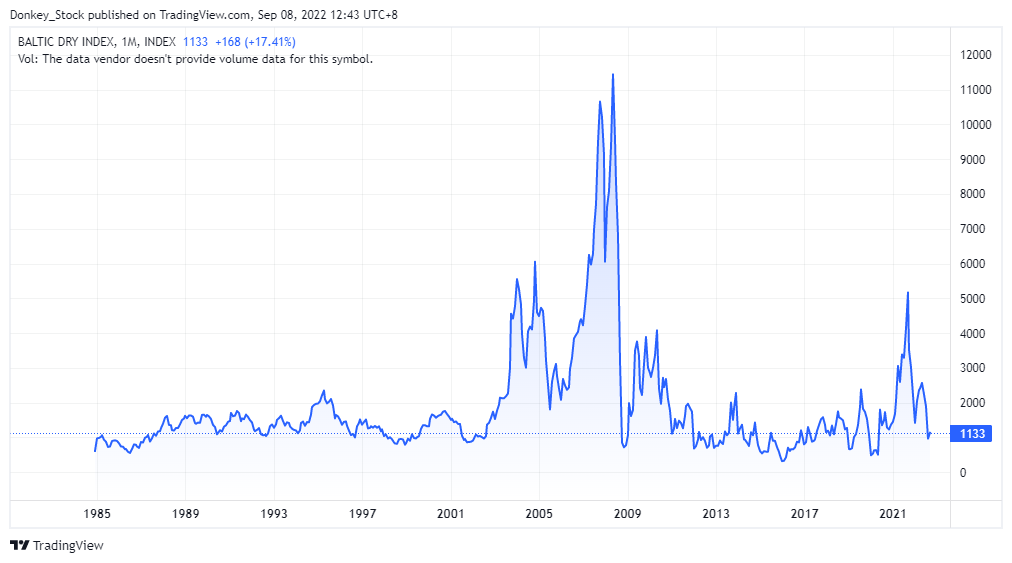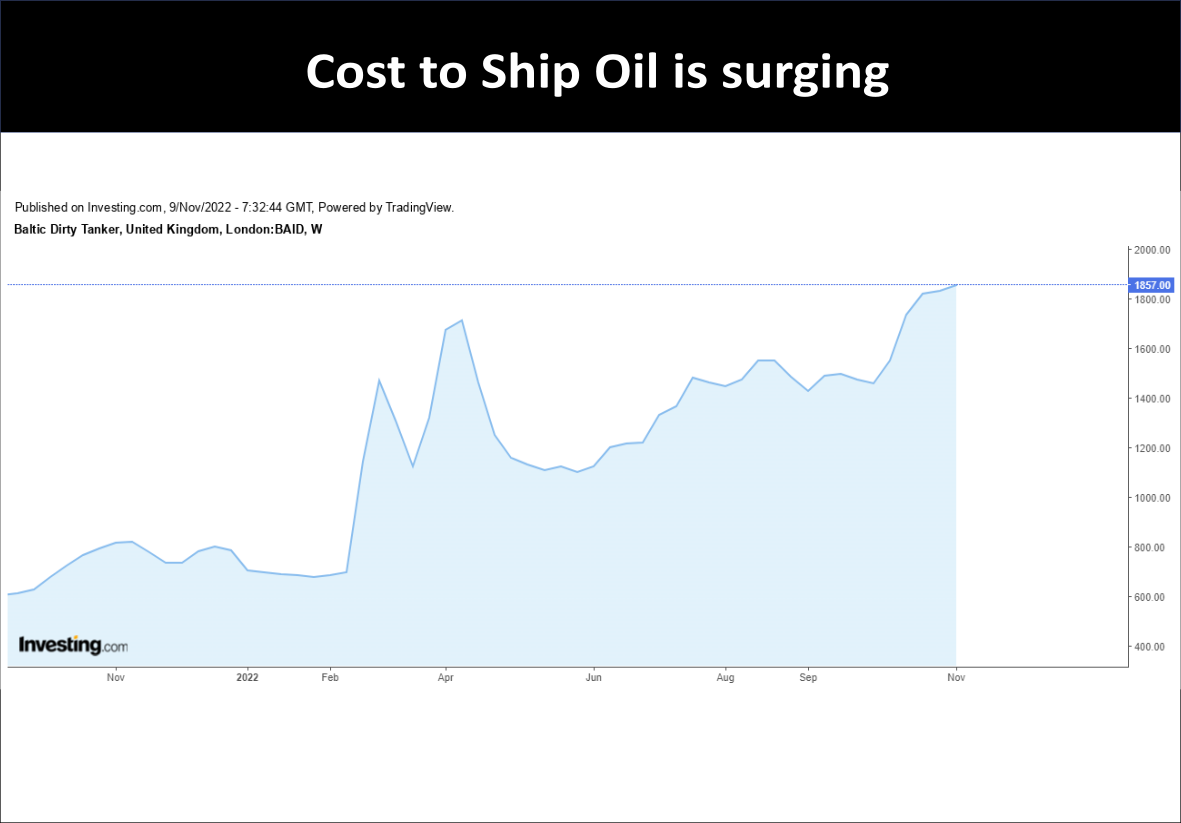What is BDI
Baltic Dry Index, BDI, is the index that measures the logistics cost for raw materials.

The Baltic Dry Index (BDI)
The Baltic Dry Index (BDI) is a
shipping and trade index created by the London-based Baltic Exchange. It measures changes in the cost of transporting various Dry Bulk Commodities, such as coal and steel.
The Baltic Exchange calculates the
index by assessing multiple shipping rates across more than 20 routes for each
of the BDI component vessels. Analyzing multiple geographic shipping paths for
each index gives depth to the index's composite measurement.
Dry bulk commodities are usually
divided into two categories: major bulks and minor bulks. Some examples of
major dry bulk commodities include iron ore, coal, and grain. These major bulks
account for nearly two-thirds of global dry bulk trade. Minor bulks include
steel products, sugars, cement, and cover the remaining one-third of global dry
bulk trade.
Coal, along with iron ore, is one
of the most traded dry bulk commodities by volume in the world. Countries most
involved in the importation of coal for their primary energy and electricity
needs are India, China, and Japan. Grain is another major cargo in terms of
seaborne dry bulk trade and accounts for a chunk of the total dry bulk trade
worldwide.
The Baltic Dry Index is a
composite of four sub-indices that measure different sizes of dry bulk carriers
or merchant ships: Capesize, Panamax,
Supramax, and Handysize.
Capesize
Capesize boats are the largest
ships in the BDI with 100,000 deadweight tonnage (DWT) or greater. The average
size of a Capesize ship is 156,000 DWT.
This category can also include
some massive vessels with capacities of 400,000 DWT. Capesize ships primarily
transport coal and iron ore on long-haul routes and are occasionally used to
transport grains. They're too large to cross over the Panama Canal.
Panamax
Panamax ships have a 60,000 to
80,000 DWT capacity, and they're used mostly to transport coal, grains, and
minor bulk products such as sugar and cement. Panamax cargo ships require
specialized equipment for loading and unloading. They can barely squeeze
through the Panama Canal
Supramax
The smallest vessels included in
the BDI are Supramaxes, also referred to as Handymaxes (or Handysize). These
ships have a carrying capacity of 45,000 to 59,999 DWT. They're sometimes
Although they're close in size to Panamaxes, Supramaxes normally have
specialized equipment for loading and unloading, and they're used in ports
where Panamaxes cannot.
Handysize
Handysize vessels are smaller
vessels with a carrying capacity generally between 10,000 and 40,000 DWT. Due
to their smaller size, Handysize ships can access ports of all sizes.
Related Guides
Glossary for Oil Shipping Industry
2022-11-09
|
Logistics
|
Tags: Oil Tanker
The index used in these industries and the major types of ships
